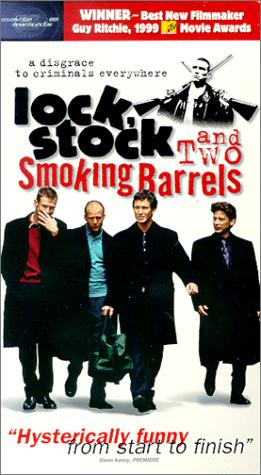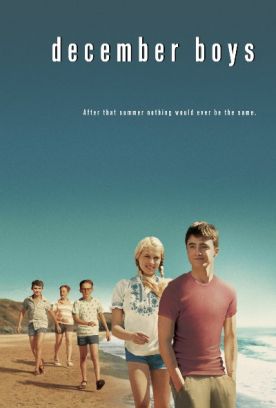Santa Clause 2, The: The Mrs. Clause
In spite of the presence in it of such mythical figures from childhood as Santa Claus, Father Time, Mother Nature, the Sandman, the Tooth Fairy and the Easter Bunny, The Santa Clause 2 is really more of an adult’s fantasy than a kid’s. It presents us with a world in which divorce is amicable and without any effects on children, where the conflicting demands of work and family are easily reconciled, where sullen, unhappy grown-ups can be transformed to squealing kids on Christmas morning by recourse to e-Bay for the toys and games of their childhood and where a young boy’s “acting out” consists of nothing more than his painting remarkably accomplished murals urging the celebration of Christmas in his public school.
Oh, yes, and what Charlie Calvin (Eric Lloyd) is “acting out” is his frustration at not being able to reveal that the skeleton in his family closet is that his dad, Scott Calvin (Tim Allen) is Santa Claus, whose residence at the North Pole and infrequent visits home are of little apparent concern in comparison to his inability to bask in the reflected glory of a dad who has got such a “cool” job.
Somewhere in the fine print of Scott’s contract as the incumbent Santa is the stipulation that he has to get married before Christmas or lose his job. His discovery of the fact coincides with the appearance of his son, Charlie, on The Naughty List instead of the Nice one, and therefore Santa must unbelt and unbeard and make a rare appearance in the role of dad as well as suitor.
The consequence of his meeting the improbably young and attractive and unattached principal of Charlie’s school, Carol Newman (Elizabeth Mitchell), a woman whose adulthood has been embittered by the childhood discovery that Santa did not exist, can be easily imagined. Meanwhile back at the North Pole workshop, Santa’s locum tenens, a clone-Santa manufactured by the ingenious elves — who are indistinguishable from human children apart from their great age and their pointy ears — proves a little too perfect and begins to run the shop by the book. Has that list of the Naughty and the Nice really been checked twice? No it has not. More seriously, in the boreal equivalent of grade inflation, the naughty have grown accustomed to getting presents along with the nice. Clone-Santa thinks it’s time to go back to coal and straw for the naughty he believes are running wild.
The miracle of Christmas is that Santa’s courtship, founded on the big principle that “kids need something to believe in” — and that principals need big kids to believe in — is actually rather affecting. Too bad that that belief is only a movie thing. For although the picture calls its object of veneration “Christmas” at least as often as “the holidays,” our ecumenical sensibilities are not outraged. There is not the slightest hint of sanctity about this Saint Nick — though of course he’s one heck of a nice guy — and the name of the Personage after whom Christmas is so called never passes the lips of a single soul. Naturally, neither does any syllable of His teachings or of the reason why His birth is celebrated. When Santa and the new Missis finally tie the knot, it is Mother Nature (Aisha Tyler) who performs the ceremony “by the power invested in me by — me!”
But, as I say, this is an adult fantasy. Above all it is a fantasy that worship at the shrines of liberal, no-fault consumerism is an adequate substitute for the sort of worship that got Christmas its first big break. Heck, who doesn’t know that Christmas these days is an occasion for the celebration not of eternal salvation but of the non-judgmental paradise on earth, for presents, presents, presents and the shot in the arm to a flagging economy that they represent and, above all, for the chance for grown-ups to remain resolutely ungrown-up? If, like Principal Newman, we ever find ourselves “devastated” to learn that our Santa doesn’t exist, it won’t be Hollywood that spills the beans.
Discover more from James Bowman
Subscribe to get the latest posts to your email.








